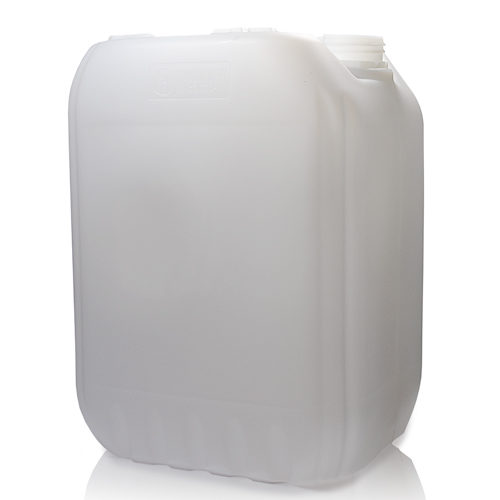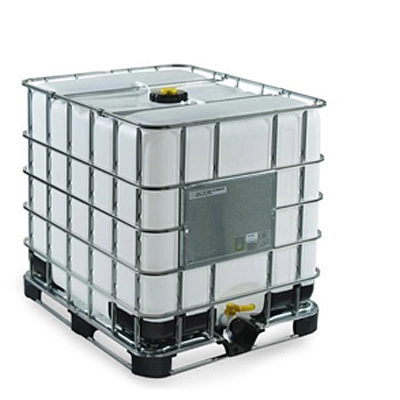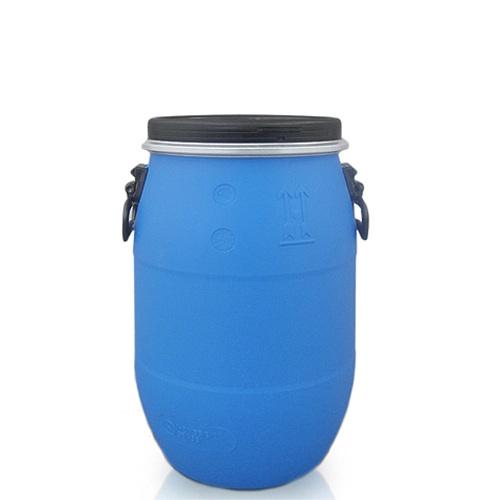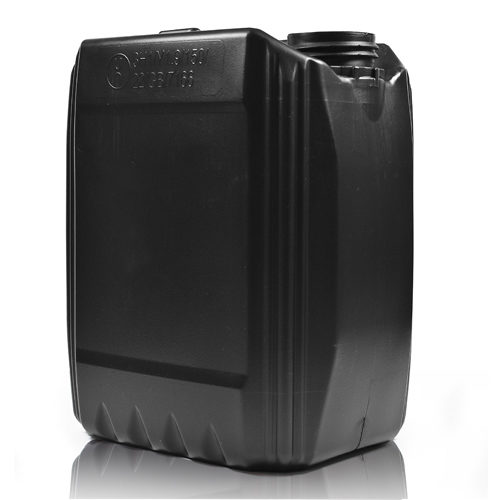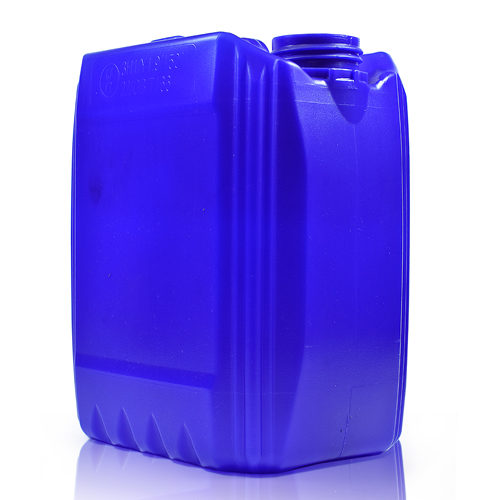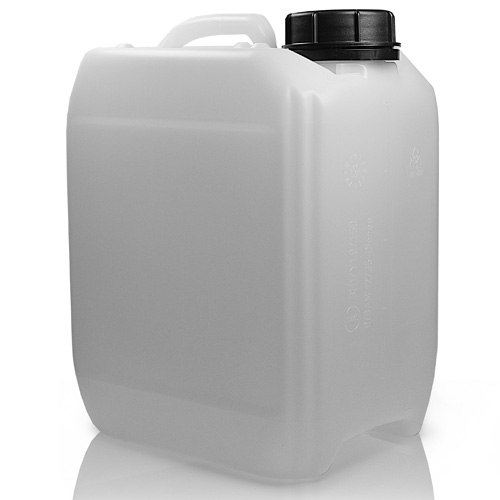Different Types Of Buckets And When You Should Use Them
Buckets come in many different shapes and sizes – so how can you be sure you’re using the right type of bucket for your needs?
First, you need to assess what you’re planning to use the bucket for. Certain materials and styles aren’t suitable for all purposes, so this is an important step. Once you’ve decided what features your bucket needs, you can use this guide to different types of buckets to decide which one you should opt for.
Types of buckets – materials
Buckets are available in a range of materials, from wood to metal to plastic. So what are the benefits and disadvantages of each type?
Metal buckets
Metal buckets are highly durable – if they’re well cared for. If left outside or filled for longer periods, metal buckets are liable to rust. Some metal buckets (such as those made from galvanised steel) are suitable for holding certain foods, but foods containing acid (such as tomatoes) will react with the steel, making the food potentially unsafe to consume. That means certain metal buckets are not food-safe – so if you need a bucket that can hold food (whether for humans or animal), this is something to consider.
Wood buckets
Wooden buckets are pretty retro. In terms of practicality, they don’t offer the same benefits as plastic or metal buckets – they have the potential to rot, leak or become mouldy over time. However, wooden buckets are still a popular choice for more decorative purposes. For example, they work well as planters in modern gardens, or for holding cold beers at your summer BBQ.
Plastic buckets
It might not have the rustic charm of wood or metal, but plastic is arguably the most versatile, practical option when it comes to almost every type of bucket. Whether you’re looking for the perfect bucket-and-spade combo, a hardy lightweight vessel for carrying paint, or a large container that’s suitable for holding hazardous materials, there’s a plastic bucket that’s up to the task. They need minimal maintenance and can be used over and over again without becoming damaged or decayed.
What types of plastic bucket are available?
If plastic buckets are best suited for your needs, here’s a rundown of some popular bucket types and how they can be used.
Dijkstra Buckets
These polypropylene buckets are safe for holding and transporting food, as well as certain chemicals and hot liquids. These types of buckets can be paired with different lids (such as tamper-proof and induction heat seal lids), depending on the contents of the bucket.
UN Approved Buckets
These buckets are approved by the UN for storing and transporting food, liquids, chemicals and hazardous materials. Each UN-approved storage item or bucket must bear the distinctive code required to prove it’s been certified by the UN. Find out more about UN approved packaging markings here.
View our UN approved types of buckets
Tamper-Evident Buckets
If you need to transport food or chemicals in your bucket, chances are you want to be sure the contents of the bucket remain safe in transit. Tamper-evident lids are the ideal way to ensure your goods are protected from production until they reach the end user.
Tamper-evident buckets available here
We offer all these plastic buckets in pallet quantities. To find out more or place your order, please speak to a member of our sales team – they’ll be happy to help you find your perfect bucket!
